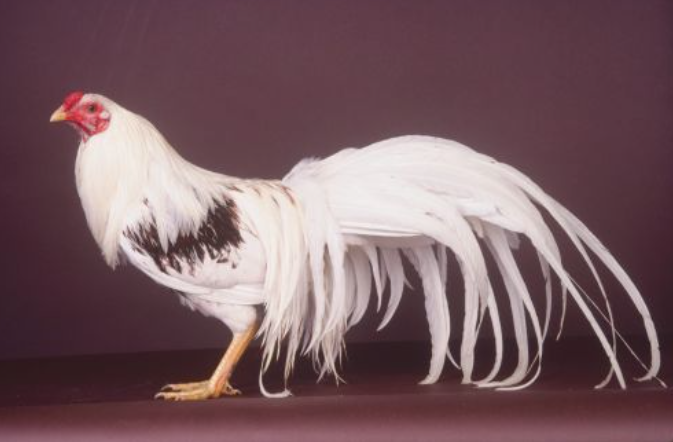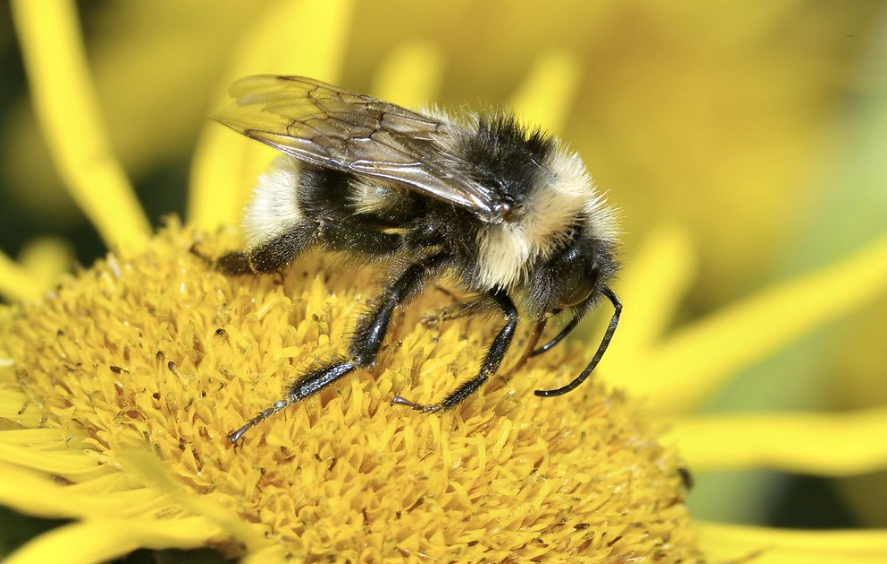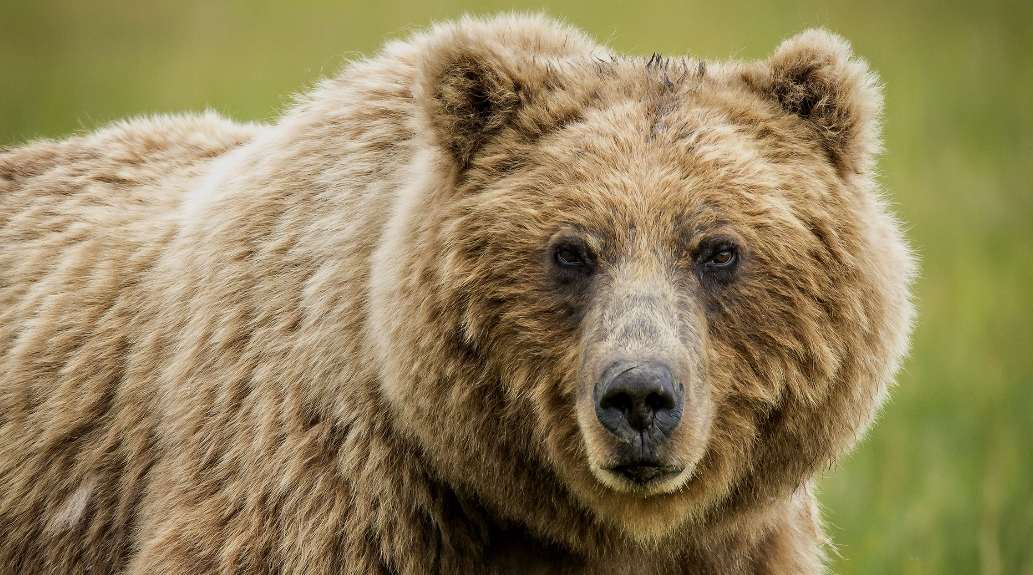
Intriguing facts about Brown bear
The brown bear, or Ursus arctos, is a large member of the Ursidae family of animals. With populations in North America, Europe, and Asia, it is widely distributed across the Northern Hemisphere. Its peculiar brown fur, which varies in tone from light to dark, sets this species apart. Brown bears are generally between 300 and 1,500 pounds for males and 200 and 700 pounds for females. Brown bears possess a robust build. Brown bears are amazing animals who have adapted successfully to their many environments. They are an object of fascination and adoration for a great number of people worldwide because of their size, power, and distinctive behaviours.
Habitats and distribution of brown bears
Brown bears are very adaptable and can survive in a variety of habitats, including forests, tundra, and mountains. Because they are omnivores, they eat a variety of foods that contain both plant and animal protein. Their main foods include berries, nuts, grasses, roots, insects, fish, and sometimes larger animals. Brown bears are known for having exceptional fishing skills; they often stand in rivers and catch fish with their paws.
Mating Rituals, Reproduction and Life Cycle of brown bears
Apart from the period during which they are raising their young and the mating season, these bears have a complex social structure and are mostly solitary individuals. Typically, the female gives birth to one to four pups in a den after a gestation period of around six to eight months during the spring mating season. The cubs are blind from birth and rely on their mother to provide them food and protection. While some brown bears have been known to live longer in captivity, individual bear lifespans in the wild may reach up to 25 years. Poaching, habitat loss, and climate change are just a few of the issues this magnificent species is dealing with; thus, conservation efforts are crucial to its survival.
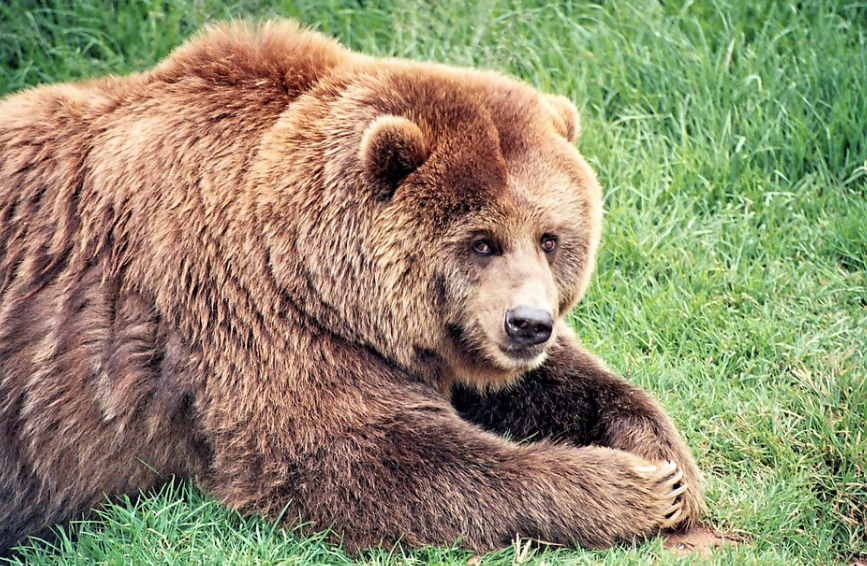
Fascinating facts about Brown Bear
Large, strong animals, brown bears are indigenous to Asia, Europe, and North America. Their characteristic brown fur, humped shoulders, and strong physique are what make them recognisable. The following are some fascinating bear facts:
Global distribution of brown bears and the different regions
A range of ecosystems, including woods, mountains, and tundra, are home to brown bears. North America is where they are most often found, especially in Alaska and western Canada. They also live in several regions of Asia and Europe, including Scandinavia and Russia.
Appearance of brown bears: size, fur color, and distinctive features
Among the biggest carnivores on land are brown bears. When standing on their hind legs, they may reach a height of 10 feet and a weight of 1,500 pounds. Their characteristic shoulder hump provides them with more power for digging and hunting.
Brown bears diet: what they eat in the wild and how they hunt for food
Brown bears are omnivores, consuming both vegetation and animals. Their diet changes depending on the time of year and food availability. They mostly consume berries, grasses, and other plants throughout the spring and summer. In the autumn, they eat a lot of fish to gain weight before hibernating. They occasionally hunt small animals and are known to scavenge carrion.
Hibernatation of brown bears throughout the winter
The capacity of brown bears to hibernate throughout the winter is well documented. Usually, they go into their dens in late autumn and come out in the spring. Their metabolism and heart rate drop during hibernation, and they survive on fat stores. This enables them to save energy for the chilly winter months when food is in short supply.
Unique behaviors or adaptations that make brown bears fascinating creatures
Apart from the times when they mate and raise their young, brown bears live alone most of the time. Due to their territorial nature, they will leave scent and claw marks on trees to demarcate their domain. Boars, or male bears, are more violent than female bears and will fight among themselves to establish dominance and have access to the females.
Conservation efforts are aimed at protecting brown bears and their natural habitats
According to the International Union for Conservation of Nature, brown bears are classified as a species of least concern (IUCN). Certain subspecies are nonetheless classified as vulnerable or endangered, such as the grizzly bear found in the lower 48 states of the US. The greatest risks to brown bear populations are habitat loss, hunting, and human conflict.
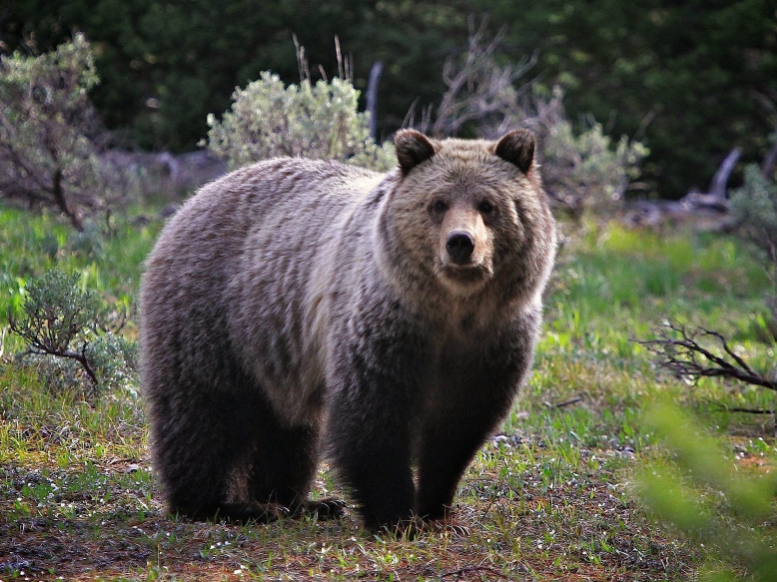
Historical and cultural significance of brown bears in human societies
Numerous indigenous peoples have significant cultural and folkloric connections to brown bears. They are often seen as representations of power, strength, and wisdom. They are regarded as holy creatures and connected to spiritual practices and beliefs in some civilizations.
